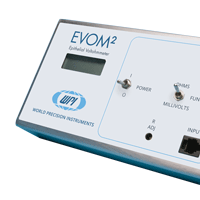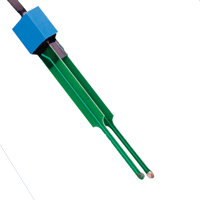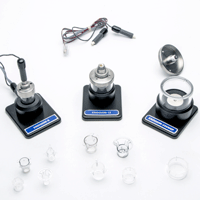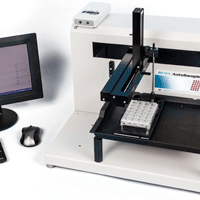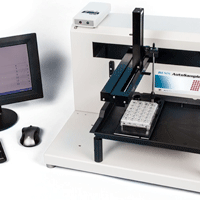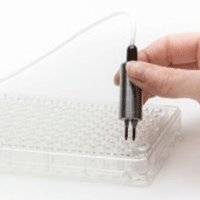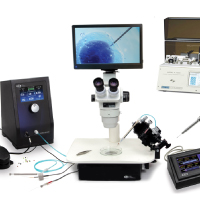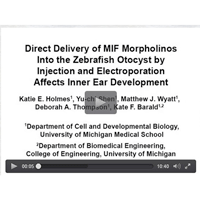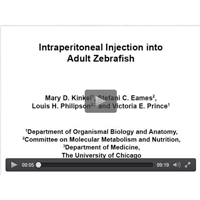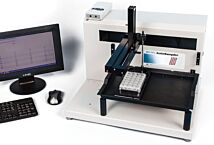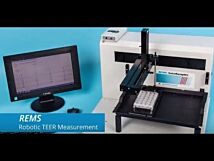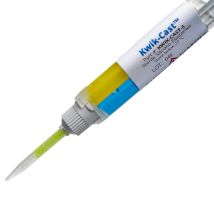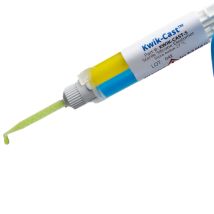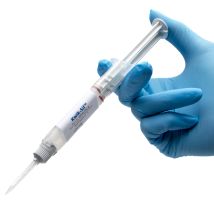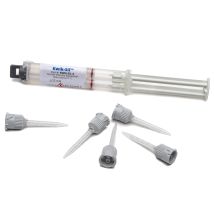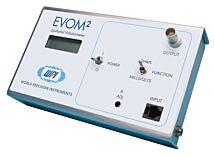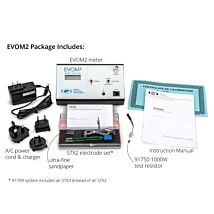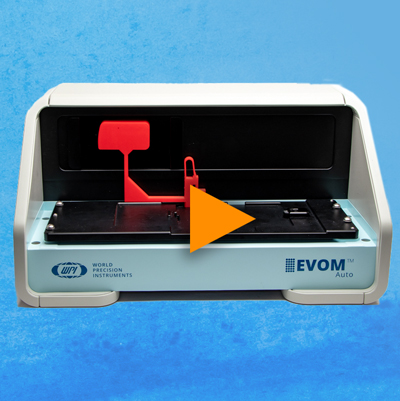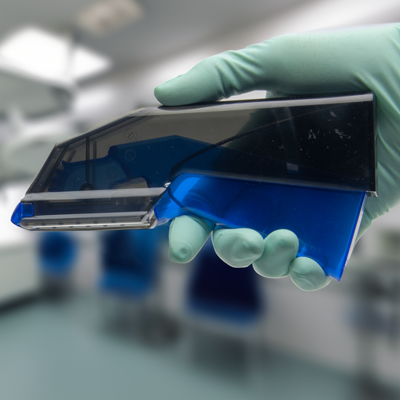This website uses cookies to ensure you get the best experience on our website.
Read more
Significance of Transepithelial/ Transendothelial Electrical Resistance (TEER) Measurement in Lung In vitro Models
April 13, 2020
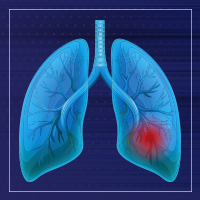
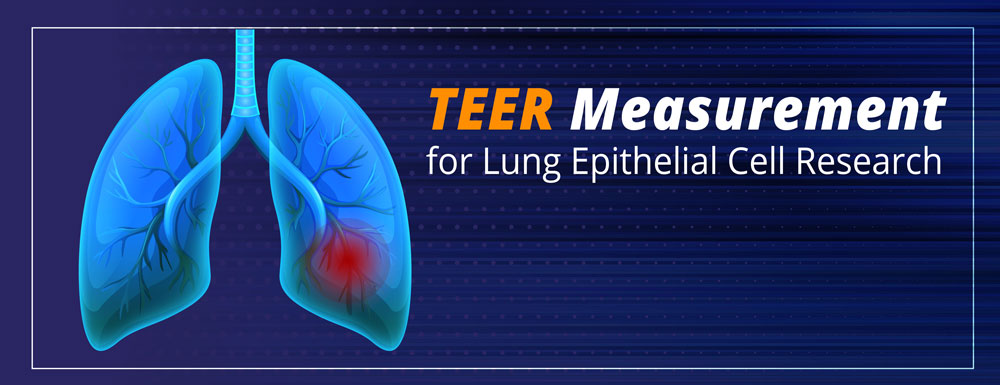
Epithelial and endothelial cells are known for their barrier function like selective permeability. Lung tissue is comprised of epithelial cellular layers, residing adjacent to endothelial layers and allowing exchange of oxygen and carbon dioxide between lung and blood. Currently, the biomedical research community’s major focus area is to understand the details of the infection caused by this novel coronavirus (2019-nCoV) or by similar viruses. This new virus can disrupt the lung’s normal cleaning ability to get rid of foreign particles in the lung, and the selective permeability or barrier function of the lung may become severely impaired. The adverse physiological effect may be sustained once the inflammatory cascade is initiated.
Researchers in collaboration with clinicians are trying to develop vaccines and drugs to prevent or treat the 2019-nCoV infection. Mammalian cell culture models are useful for basic understanding of the effect of viral infection on epithelial cells of the lung and endothelial cells of adjacent blood vessels or capillaries. Measurement of TEER can be useful in testing cytotoxicity of drugs and vaccines in lung epithelial, endothelial and epithelial-endothelial dual cell layer models. Testing the effectiveness of a therapeutic drug or agent in a cell culture model can also provide some meaningful information. Different lung cell culture models (including human) have been established to study epithelial transport in which TEER measurements provided useful information [Ren, et al. 2016, Dekali, et al. 2014 ].
In a number of previous studies, TEER measurement was one of the common methods that was used for studying the effect of influenza H1N1 virus infection on lung in vitro epithelial models [Wu, 2 et al. 2016, Short et al. 2016, Travanty, et al. 2015, Chen, et al. 2009]. In addition, researchers are coming up with in vitro 3-D lung tissue models to understand the details of lung infection at the cellular level and screen for drugs. [Reynar, et al. 2019, Chandorkar, et al. 2017, Sivars, et al. 2017, Braian, et al. 2015 (JOVE video ) Harrington, et al. 2014]. The simplicity of the experiments involving TEER measurement and the ability to correlate the TEER results with other transport experiments makes the evaluation of TEER a useful experimental tool to understand lung cellular physiology.
World Precision Instruments (WPI) is known to the global biomedical research community for their signature product line on TEER measurement. WPI offers the Epithelial Voltmeter Meter (EVOM2) along with the basic STX2/STX3 electrodes and also has options for advanced electrodes, such as EndOhm chambers and STX100 electrodes for higher precision and accuracy.
Related Videos
Why should I choose TEER measurement by WPI’s EVOM2 system?
- The EVOM2 device applies tiny microamp currents with continuous polarity switching (negative and positive) to prevent the development of electrical charge buildups on to the cellular layer. Therefore, minimal to negligible physiological effects are caused by the device or technique.
- It is a non-destructive/non-invasive test. You can use the same sample for a different experiment.
- TEER measurement is very quick (< 1 minute), and it is a simple test to perform.
What can I do with TEER measurement in lung epithelial-endothelial research?
- Use TEER measurement to check the confluence of the monolayer of cells.
- Evaluate the barrier function of the cellular monolayer (epithelial, endothelial or dual) to verify its integrity. Changes could indicate that the tight junction protein expression or localization may be affected or impaired (Short 2016 et al., Ren, et al. 2016, Wu, et al. 2016, Derk, et al. 2015, Rewaee, et al. 2013).
- TEER is an indicator of permeability of cellular monolayers, and TEER measurement validates the results of permeability experiments with tracer molecules (such as, FITC-dextran, Lucifer yellow, etc.) [Wu, et al. 2016, Min, et al. 2016].
- TEER values can be used as a preliminary and quick screening tool to test drug or virus cytotoxicity on in vitro lung models (Short, et al. 2016).
- With WPI’s high throughput automated REMS system, sample resistance values of 96 samples can be measured in 10 minutes or less.
In addition to TEER measurement, the EVOM2 system provides the ability to measure trans-epithelial potential difference (TEPD).
What can I do with TEPD measurement in lung epithelial research?
- Potential difference measurement is very simple to perform [Ren, et al. 2016 ]. No electrical input is involved in the millivolts mode. Therefore, the EVOM2 measurement technique does not affect the millivolt read outs. You can calculate the current flow [Zhao, et al. 2019] across cellular monolayers from Ohm’s Law I= V/R, where I= Current, V=Voltage and R=Resistance.
- Evaluate the active transport pathways from TEPD. Select and use channel blockers or inhibitors, such as Epithelial Sodium Channel (ENaC) blocker (amiloride) [Zhao et al. 2019, Ren, et al. 2016] and Cystic Fibrosis Transmembrane Conductance Regulator (CFTR) inhibitor (sulfinpyrazone) to investigate the contributions by specific channels and transporters in the overall active ion transport of the monolayers. Infection by Severe Acute Respiratory Syndrome Coronavirus (SARS-CoV) [Ji, et al. 2008] and influenza virus [Londino, et al. 2017, Chen, et al. 2004, Fang, et al. 2002] were reported to down-regulate ENaC activity. By comparing TEPD or calculated equivalent current of lung epithelial monolayers in the presence or absence of amiloride, useful ENaC activity data may be obtained in the context of viral infection.
WPI’s EVOM2 TEER measurement meter and REMS automated TEER measurement system are well documented research instruments that researchers rely on as our world continues the battle with viruses like the SARS coronavirus.

Close


